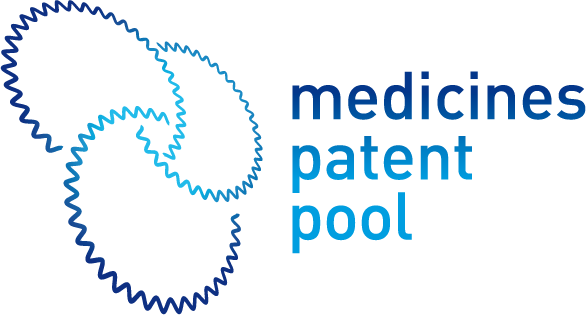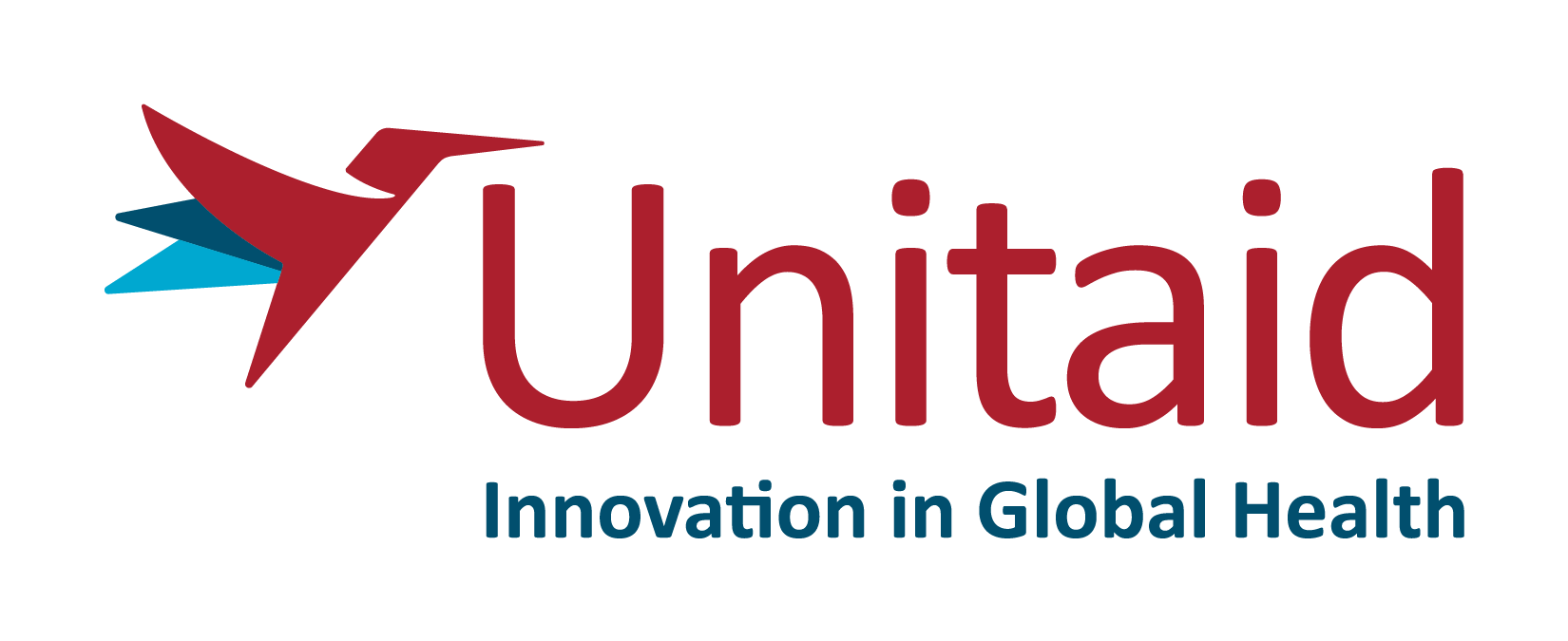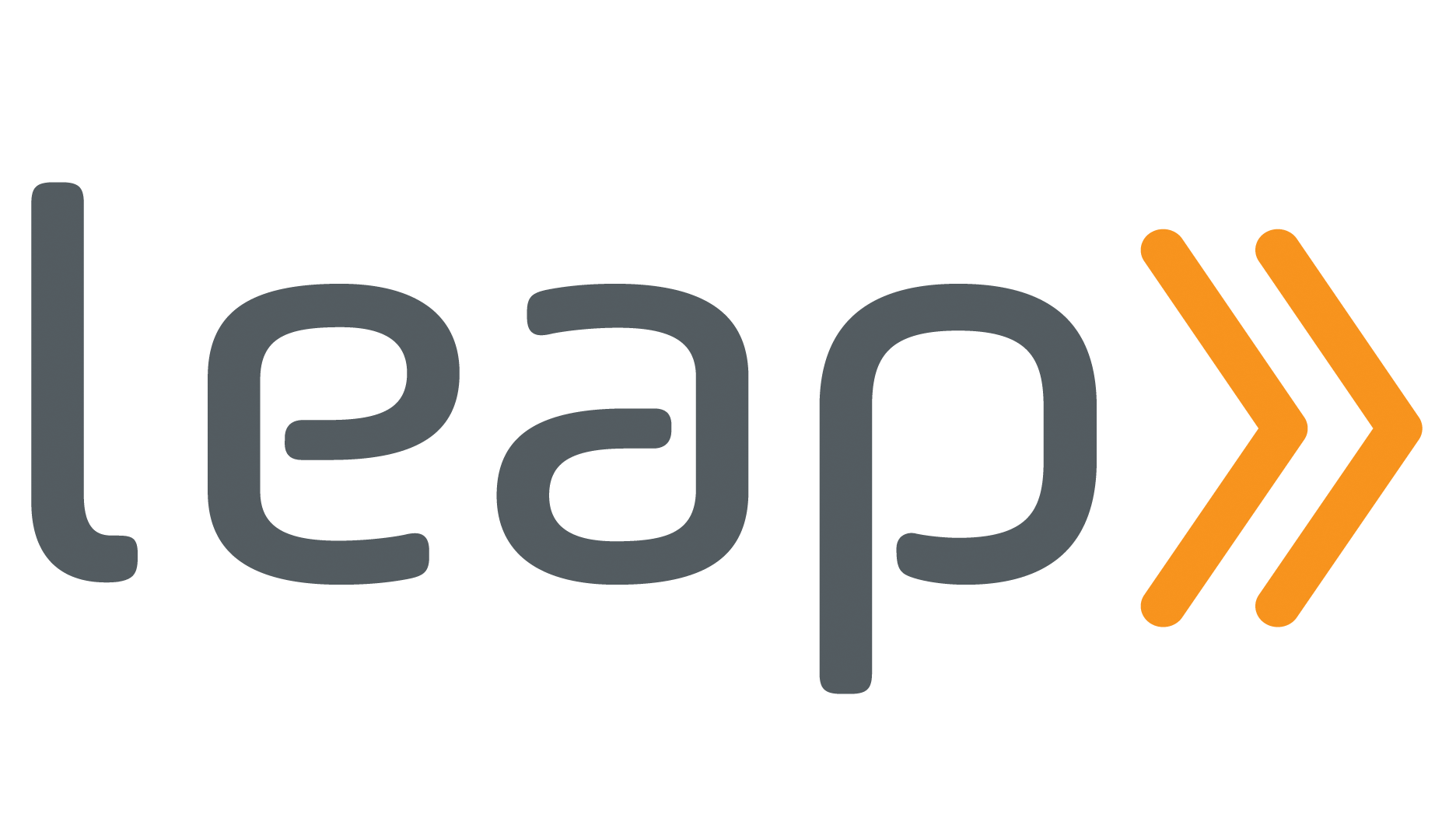About LAPaL
LAPaL is a free, expert‑curated resource on long‑acting therapeutics supporting innovation and equitable access.
LAPaL was launched by the Medicines Patent Pool (MPP) in May 2021 as a free, curated resource centralizing technical, clinical, regulatory, and intellectual property intelligence on long‑acting therapeutics, with a focus on equitable access in low‑ and middle‑income countries. It is coordinated by MPP with support from Unitaid and NIH funding through Long-Acting/Extended Release Antiretroviral Research Resource Program (LEAP). LAPaL is curated in partnership with the University of Liverpool’s Center of Excellence of Long Acting Therapeutics (CELT).
Today, LAPaL has expanded beyond technologies to include compounds and long‑acting formulations and regimens across infectious and non‑communicable conditions, spanning HIV, TB, RSV, malaria, viral hepatitis, influenza, oncology, diabetes, mental health, substance use disorders, and pain management. Entries cover LA platform characteristics, potential applications, clinical development, regulatory status, and global IP landscapes.
A visualization landscape tool offers filterable clinical timelines, regulatory world maps, and selected patent overviews, while a comparison tool lines up multiple entries side‑by‑side. All cards and comparisons are exportable as PDFs or spreadsheets to support collaboration and decision‑making. Where possible, content is validated via innovator certification; updates are curated on a rolling basis from trial registries, regulators, sponsor communications, patent offices, and peer‑reviewed sources.
LAPaL Partners
We would like to acknowledge the support, technical assistance and resources sharing from the following organisations and groups:
- Unitaid
- Center of Excellence of Long-acting Therapeutics (CELT)
- Long-acting/Extended release Antiretroviral Research Resource Program (LEAP)
- AVAC
We would also like to thank the innovators who have kindly contributed to the database and to the users providing their valuable feedback.
Enjoy Reading
Scientific publications and reviews, reports, infographics, blog posts, interviews, etc. We love reading the latest news and publications from the long-acting world.
Please send us your citation so we can add it to the reading roll.
Infographics and glossaries
- Illustrated Glossary for Long-Acting Technologies (TAG, August 2021)
- The Future of ARV-Based Prevention and More (AVAC, June 2021)
Reports
Blogs, opinions, interviews and news posts
- Small but Mighty (The Chemical Engineer, Sept. 2021)
- Delivering on the Promise of Long-Acting Technologies (TAGline, Oct. 2021)
- World AIDS Day: Are long-acting HIV therapies the future? (CELT, Dec.2021)
Scientific articles and reviews
- A Qualitative Exploration of Women's Interest in Long-Acting Injectable Antiretroviral Therapy Across Six Cities in the Women's Interagency HIV Study: Intersections with Current and Past Injectable Medication and Substance Use (Morgan et al., AIDS Patient Care & STDs, Jan 2021)
- The Promise of Improved Adherence With Long-Acting Antiretroviral Therapy: What Are the Data? (Scarsi K. & Swindells S., J Int Assoc Provid AIDS Care, Apr. 2021)
- Vaginal ring acceptability: a systematic review and meta-analysis of vaginal ring experiences from around the world (Ridgeway et al., Contraception, Oct. 2021)
Video and audio media
- LEAP investigator meeting an annual workshop on long-acting therapeutics (CROI, March 2021)
- The value of long-acting therapeutics (Prof. A. Owen, CELT/Uni Liverpool, Oct. 2021)
- Paving the way to access to long-acting therapeutics (Satellite symposium, ICASA2021, Dec. 2021)
Useful Resources
We have listed some resources from the long-acting space that you could find useful:
- LEAP-curated long-acting resources: LEAP centralises access to relevant scholarly materials, data, publications, and conference proceedings from ongoing laboratory and clinical research that catalog progress in the field of long-acting
- the Center of Excellence of Long-acting therapeutics (CELT) aims to broaden our understanding of long-acting medicines. They have valuable resources, among which: CELT news from the LA space: compiles a LA-related news roll, a list of publications, and issues a regular newsletter with information from the long-acting field.
- AVAC's PrEPWatch, a one-stop online clearinghouse for resources and information to help the global community effectively deliver every proven method of PrEP to everyone who needs it.
- AVAC works to accelerate the ethical development and global delivery of HIV prevention options as part of a comprehensive and integrated response to the epidemic.
- MPT database: a database curated by IMPT with up-to-date status of multi-purpose technology products in development (beyond long-acting)
- TAG’s LA Technologies Resource Compendium: Treatment Action Group (TAG) is curating a non-exhaustive list of materials covering long-acting technologies to inform the hepatitis C, latent tuberculosis infection, and malaria scope of work under the LONGEVITY Project.
- Teoreler web-based PBPK modelling application developed by the University of Liverpool
- MPP’s licences in the long-acting space and more. To know more about MPP’s work to foster access to long-acting technologies, therapeutics and preventatives, please visit MPP’s website.
If you think another resource should be listed below, please let us know!
Thanks for your collaboration.
FAQ
What is LAPaL?
LAPaL is a free, curated online resource coordinated by the Medicines Patent Pool that provides innovation and access support on technical features, development and regulatory status, and intellectual property landscape of selected long-acting therapeutics with potential public health impact in low‑ and middle‑income countries.
What is the objective of LAPaL?
LAPaL aims to foster collaboration and advocate for equitable, timely access to long‑acting therapeutics by curating data across R&D, manufacturing, clinical, regulatory, and IP, with a focus on LMIC needs and access principles
Who are LAPaL main users?
Anyone can use LAPaL for free, without registration. Typical users include community groups and people with lived experience, researchers, biotechs, pharmaceutical companies, manufacturers, clinicians, policymakers, procurement agencies, funders, and other stakeholders interested in long‑acting therapeutics.
Who is behind LAPaL?
LAPaL is coordinated by the Medicines Patent Pool with Unitaid support, in addition to NIH support, through the “Long-Acting/Extended release Antiretroviral Research Resource Program” (LEAP). Data curation is conducted by the University of Liverpool’s Centre of Excellence for Long-acting therapeutics (CELT). The platform was built by MobileThinking.
What does LAPaL cover?
LAPaL is a non‑exhaustive repository of long‑acting platform technologies, compounds, formulations and regimens in a wide range of health areas, where reduced dosing frequency of the drugs may improve effectiveness and convenience. LAPaL is not focused on specific health areas, although the team prioritizes areas aligned with MPP, Unitaid, LEAP and CELT mandates. It includes therapeutics for HIV, TB, respiratory syncytial virus, malaria, and viral hepatitis while also spanning contraception, oncology, diabetes, mental health, substance use disorders, and pain management. Multi‑purpose technologies are listed when relevant.
What type of information is available in LAPaL?
LAPaL aggregates information on technical features, intellectual property status, clinical development and regulatory approvals of selected long‑acting technologies and compounds.
Which development stages are included?
Entries can be included in LAPaL from pre‑clinical to marketed stages when they have potential public health benefit, and cards indicate most advanced development stage and relevant previous clincial trials.
What information is included in the long-acting technologies entries?
Each technology entry (or card) summarizes publicly available data on selected long-acting platforms technical characteristics, potential applications, patent and licensing information, and relevant supporting material. The overview tab in the upper menu of LAPaL provides a count of the LA technologies in LAPaL and a benchmarking of their features, potential for combinations, therapeutic areas and administration routes explored for applications. A table summarizes the development stage with various drugs.
What information is included in the compounds entries?
Compound cards include curated publicly available data on compounds that are either long-acting or are tested in combination with a long-acting technology platform listed on LAPaL. These entries refer to the chemical compounds, while formulations using them are listed under long-acting formulations and regimens. Users can use the “is long-acting” toggle to filter only those compounds with longer half-lives.
What information is included in the long-acting formulations and regimens entries?
long-acting formulations and regimens cards include curated publicly available data on long‑acting formulations of a given compound, a combination of a long-acting technology platform and a drug or combination regimens eliciting less frequent administrations. For these entries, information on clinical trial landscape and regulatory approvals are tracked. The overview tab in the upper menu of LAPaL provides a count of the LA formulations and regimens in LAPaL, the repartition of therapeutic areas and administration routes explored for all the LA formulations and regimens available on LAPaL. A table summarizes the development stages for every entry.
What information is available in the landscape menu?
The landscape menu provides a dashboard with an overview of development and regulatory status for a subset of entries. Filterable maps and table views are available for users to refine their searches.
Where does LAPaL information come from?
Data are curated from publicly available sources and innovator inputs; intellectual property (IP) content (patents and licenses) is curated by MPP IP specialists; technology and formulations aspects, clinical trials and regulatory data are curated by CELT and MPP staff, using sources such as ClinicalTrials.gov, EU Clinical Trials Register, PrEPWatch and PrEPWatch integrated study dashboard , patent office databases, European Medicines Agency (EMA), United States Food and Drug Administration (US FDA), Drug Bank, lectronic Medicines Compendium (EMC), PubChem, Clinical Info HIV, innovators and sponsors sites, national regulatory agencies databases and peer‑reviewed publications. Sources for data are provided in the supporting material for each entry.
What is “innovator certification”?
Where possible, information for a given therapeutic is validated with LA therapeutics innovators, and LAPaL highlights “expert curation” or “innovator certification” as a data integrity pillar for key entries and dashboards. When LAPaL staff updates the cards, the innovator certification badge disappears, until the innovator validates again the content of their technology, either by communicating with LAPaL administrator or by providing the information themselves by registering to LAPaL.
How are patents and licences collected and presented?
Patent families are mapped using innovator‑identified key families or IP searches by MPP staff; LAPaL summarizes families with abstracts, country filings, and status, including high‑level information for high‑income settings in addition to low- and middle-income countries status (as per World Bank groupings) ; links to licences are included where applicable and data for entries already in MedsPaL are retrieved.
How often is data updated?
LAPaL reflects a curated snapshot at a point in time, that is not necessarily the date of database consultation. Efforts are put to refresh content on a rolling basis as new public information appears, innovators contribute updates, and major milestones occur (e.g., clinical, regulatory, or licensing events).
What does the long-acting technologies submission process look like?
If you would like to submit your long-acting technology to LAPaL, you will need to create a user account that will be associated with that technology. You will then be guided through a twenty questions online form to provide information related to:
- General aspects of the technology: name, main developer, description and highlights, route(s) of administration, technology type, additional features, main components, excipients if any, delivery devices if any, APIs compatibility profile, scale-up and manufacturing prospects, and a technology picture or illustration.
- Potential applications: compatible candidate medicines, therapeutic areas of application and envisaged use of the technology
- Patent and licences information that your institution is willing to disclose
- Publications and other supporting information
- Partnerships and sponsors
To start the submission process and creating a technology card, click on “submit a technology” tab and create an account or use an existing account. If you need to reset your password, please check the spam folder in case the verification email is delayed.
What are LAPaL’s access principles and how are access commitments shown?
Innovators are invited to indicate agreement, disagreement, or conditional agreement to the proposed access principles covering collaboration, data sharing, affordability and LMIC access; their commitment is visualised as colour variations on technology cards.
How is the commitment level determined?
The visual indicator directly reflects innovator‑provided responses to each principle; when no response is provided, the card indicates that commitments are not available or are pending innovator review.
How do I search and filter content?
Browse technology or compound cards directly, use search by technology name, developer/innovator, or matching APIs, and refine via left‑bar filters that use “OR” logic; a keyword pool shows selected filters; API categorization follows The categorisation of APIs is based on WHO Collaborating Centre for Drug Statistics Methodology. Therefore, some APIs appear more than one time (as part of more than one family of agents). conventions and some APIs appear in multiple drug classes.
What visual tools are available?
A dashboard available through the “landscape” menu displays development and, where applicable, regulatory status of selected long‑acting therapeutics to help users navigate the pipeline. Users can switch between maps and tables to view clinical trials information with site locations, global patent landscapes, and regulatory approvals by country.
How does the comparison tool work?
The comparison tool lets users line-up multiple technologies or compounds side by side to review key fields in one view, including technical summaries and clinical development timelines. The comparison can be done within the same category (LA technologies/LA compounds/LA formulations and regimens) without a maximum number defined. Comparison tables are export-ready as PDF or spreadsheet for offline use. The comparison tool reflects curated snapshots and are for illustrative purposes only; for decisions requiring legal certainty, consult detailed national claims and perform additional analyses beyond LAPaL.
Can LAPaL content be exported?
Each technology and compound card include an export button to generate a PDF or a spreadsheet extract of a given card. Comparison queries can also be exported in a similar fashion, for illustrative purposes and to foster collaboration.
Is LAPaL mobile‑friendly?
Yes, LAPaL supports major devices and platforms; we encourage users to send screenshots of any encountered issues to lapal@medicinespatentpool.org to support the resolution of any visual mishaps.
Is LAPaL authoritative?
No. LAPaL is not a comprehensive or definitive source and is not a freedom‑to‑operate analysis; it provides a curated snapshot built from public and contributor inputs; users should conduct independent searches and legal analyses for decisions.
What are the patent data disclaimers?
All MedsPaL disclaimers apply; data may not be complete, current, or fit for specific purposes; full understanding requires analysis of specific national/regional claims and consideration of TRIPS transition periods and other flexibilities.
How should LAPaL be cited?
When referencing, cite the LAPaL as “LAPaL, the Long-Acting Therapeutics Patents and Licenses database” coordinated by the Medicines Patent Pool and the access date to the site. For patents/licences, please cite the underlying patent/publication along with LAPaL as a secondary source.
How to stay up to date with LAPaL content?
Subscribe via the News tab to receive the aggregated newsletter; whitelist medicinespatentpool.org to prevent spam filtering; unsubscribing is possible at any time via the footer link.
How is subscriber data handled?
Subscriber data are used to share updates in line with MPP’s privacy policy; Mailchimp processes the newsletter distribution per stated terms; the website privacy policy explains data practices in detail.
Cookies and tracking
The platform may use essential and analytics cookies consistent with MPP’s privacy policy; users can manage newsletter preferences at the browser level and via standard Mailchimp opt‑out mechanisms.
How to contact administrators?
Use the contact form in the right bottom (“reach out!”), or the top bar contact form or email lapal@medicinespatentpool.org for suggestions and enquiries.
Reporting errors or requesting changes
Report inaccuracies or outdated entries via the contact form or email; for technology owners, please reference the card title and include supporting documents or links to expedite review.
Response and updates of entries
The team strives to acknowledge messages promptly and prioritize time‑sensitive clinical, regulatory, or licensing updates; complex curation requests may take longer pending verification.
API or bulk data access
At present, LAPaL offers PDF and spreadsheets export options. Programmatic APIs or bulk downloads may be considered in future iterations.
Accessibility
The interface is designed for accessibility on major browsers and devices; content is currently provided in English. Supporting material for some entries can be in other languages.
Terms of use
Content is provided under a Creative Commons Attribution 4.0 International license unless otherwise noted; users must attribute appropriately and respect any third‑party rights identified on specific assets.
MedsPaL relationship
LAPaL leverages MedsPaL for medicine patent/licence data where applicable, extending beyond LMIC coverage with high‑level HIC information for context.
All MedsPaL disclaimers apply to LAPaL patent information. In particular, we do not accept any legal responsibility for the accuracy of data. We do not guarantee it is complete, up to date or fit for specific purposes. Users should undertake additional country searches and legal analysis before making any procurement or business decision based on the patent landscape.
A full understanding of the patent situation in any country, for a specific technology, compound or formulation, requires additional information and analysis not provided in LAPaL. This includes an analysis of the specific claims of a national/regional patent application or granted patent. Users should also consider whether the country is a Least Developed Country (LDC) and may benefit from the transition period provided by the World Trade Organization TRIPS Agreement, or whether the country is making use of any of the other flexibilities available under national or international regulations.



